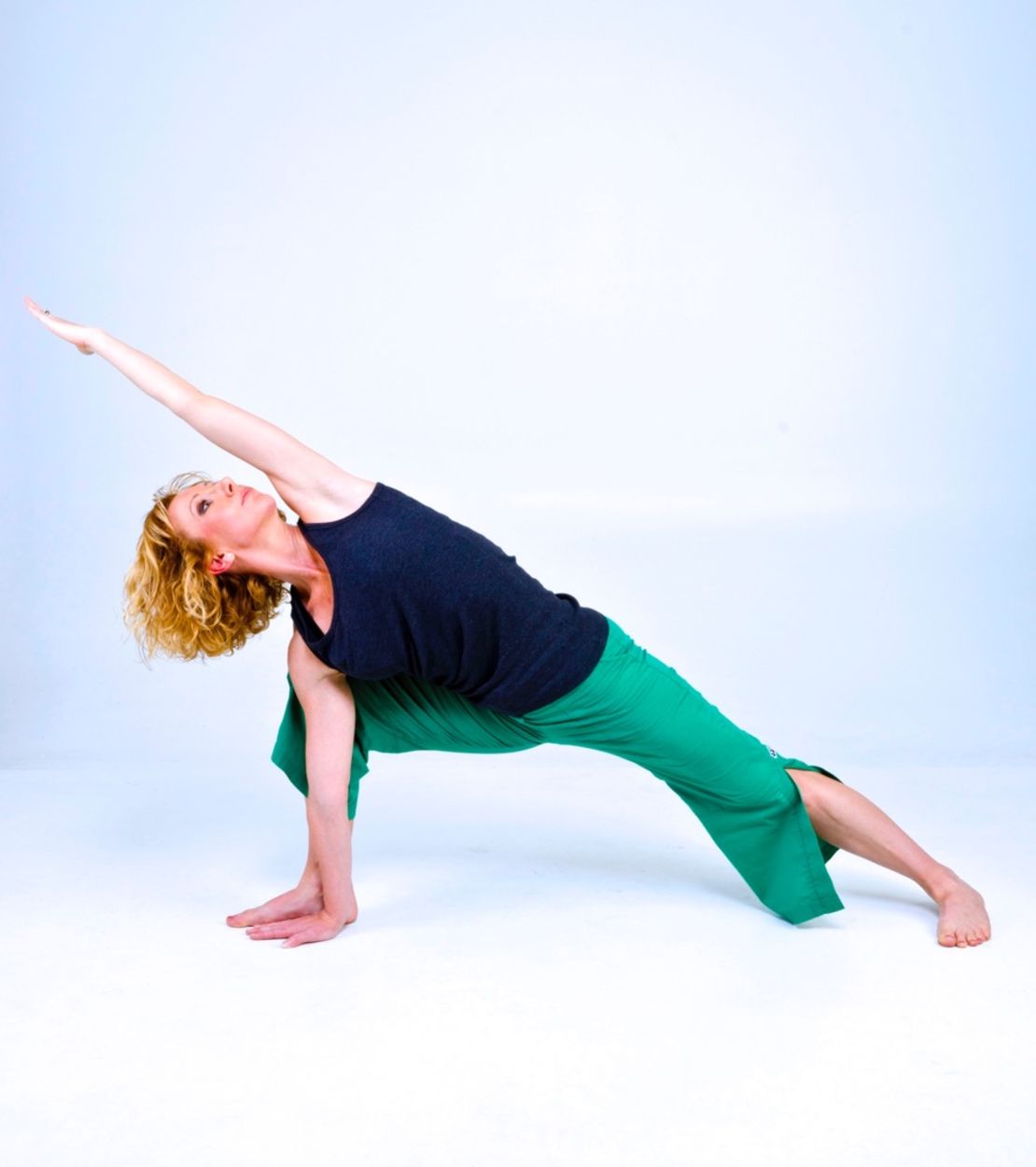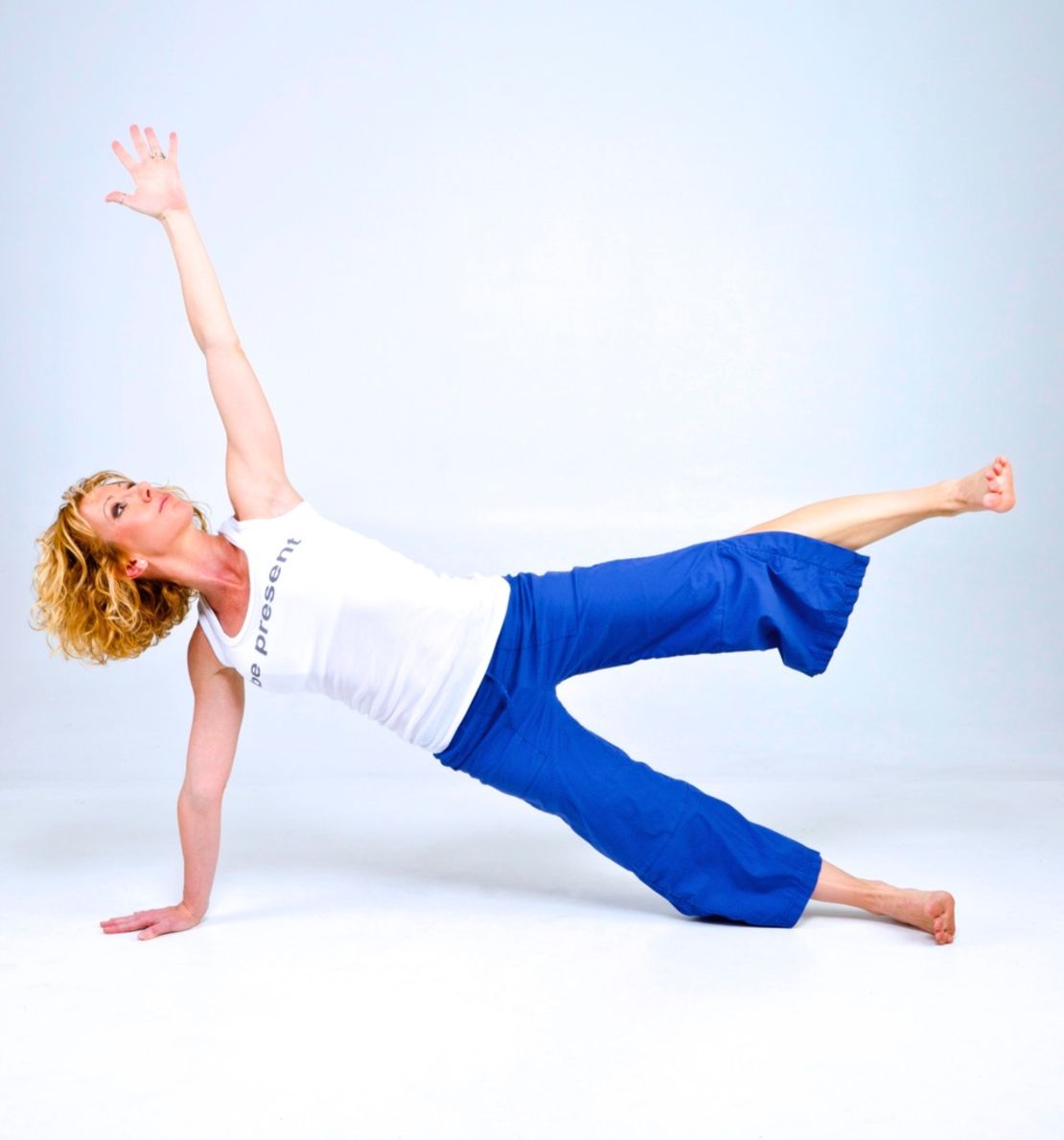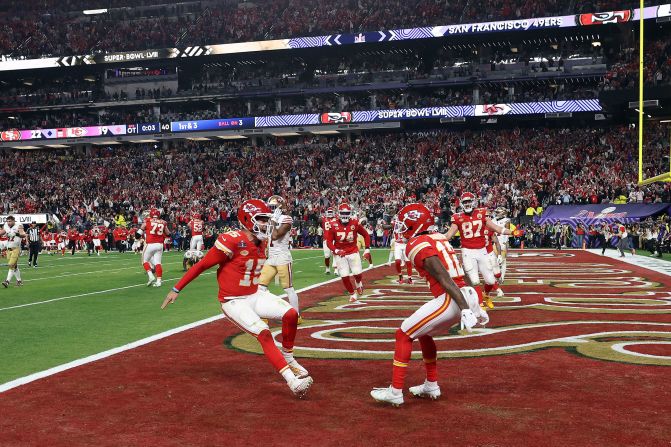Editor’s Note: Dana Santas is the creator of Radius Yoga Conditioning, a yoga style designed to help athletes move, breathe and focus better. She’s the yoga trainer for the Atlanta Braves, the Philadelphia Phillies, the Tampa Bay Rays, Tampa Bay Lightning, Orlando Magic and dozens of pros in the National Football League, National Hockey League, National Basketball Association and Major League Baseball.
Story highlights
Many teams and individual players across the NFL have been practicing yoga for years
Yoga techniques they use to stay focused can work for everyone
There’s been a lot of buzz about the “zen” of the Seattle Seahawks. Some people are wondering whether their regular yoga and meditation sessions give them an edge over the competition. Fact is, many teams and individual players across the NFL have been practicing yoga for years. I worked with my first pro football players, two tight ends from the New England Patriots, back in 2006.
NFL players, like weekend warriors, save their biggest events for the weekends (with the exception of Monday and Thursday-night football, of course). Therefore, they need to be smart all week about preparing their bodies and minds for the big game.
For my football clients, yoga is an essential part of that preparation.
Mobile midbacks and hips with stable cores and shoulder girdles are important for any athlete, but especially athletes that have to absorb impact. When mobility and stability are limited in any of these areas, the risk of knee, low-back and neck injuries increases dramatically.
The same mentality applies to weekend warriors, who likely spend much of their week as desk jockeys then suddenly take part in strenuous activity. Unless they integrate mobility exercises into their everyday lives, they risk wrenched backs, sprained knees and dislocated shoulders during even the friendliest of touch football games.
To avoid injury and work towards Super-Bowl shape, weekend warriors can use some of the same techniques and moves I teach in pro football. Here’s a sample:
Quick-and-easy breathing meditation:
The mental game is no joke! Neither is a stiff ribcage that impedes movement. Not only can your breath relax and focus your mind by tapping into your parasympathetic nervous system, the quality of your breathing dictates your ribcage position, which affects your core strength and upper-body range of motion.
Start and end your yoga practice with a minimum of two minutes of deep, diaphragmatic breathing with your eyes closed. Inhale through your nose into the bottom and back of your lungs.
Exhale slowly and fully, releasing the ribcage downward by engaging core muscles to assist.
Pausing briefly after exhalation stimulates a naturally deeper inhalation.
Try breathing at this pace: 5-count inhalation. 5-count exhalation. 3-count pause. Practice 10-to-20 rounds of breath, focusing all of your attention on your breathing. Most people don’t realize that meditation can be that quick and easy!

Extended angle
Stabilizes and mobilizes hip joints, increase core strength and enhances midback rotation
From a deep lunge with your left foot forward, place your left hand on the mat or a block just inside of your left foot. Reach your right arm overhead, trying to match the angle of your side body and back right leg. Engage your core for stability. Be sure the rotation of your chest and ribcage is coming from your midback. Hold the for three long, deep breaths. Repeat on the other side.

Side plank variation with hip and leg lift
Lengthens abductors (outside of hip) and glutes; strengthens shoulder and obliques (side core)
In side plank, with your feet stacked, be sure the shoulder of your supporting arm is behind your wrist. Step your top foot down to the floor in front of your pelvis. Press through your heel as you lift your hips and raise your top arm. Hold for three long, deep breaths. Switch to the other side.

Standing straddle with twist
Lengthens abductors (groins) and hamstrings; enhances midback mobility
From a standing straddle with your toes pointed forward, hinge from your hips and fold down to place one hand on a block. Twist from your midback to reach your opposite arm skyward, trying to align your wrists vertically. Keep your lower back level and stable. Engage your core and press through the outer edges of your feet for stability. Hold for three long, deep breaths.
Repeat with the other arm.
Do the practice above several times a week for the best results.
With just three moves and some breathing, you can easily start your day with it or even integrate it into the beginning or end of your workouts.
Think yoga isn’t cool? I know quite a few 280-pound NFL players who would disagree.
You probably don’t want to argue with them.

























































